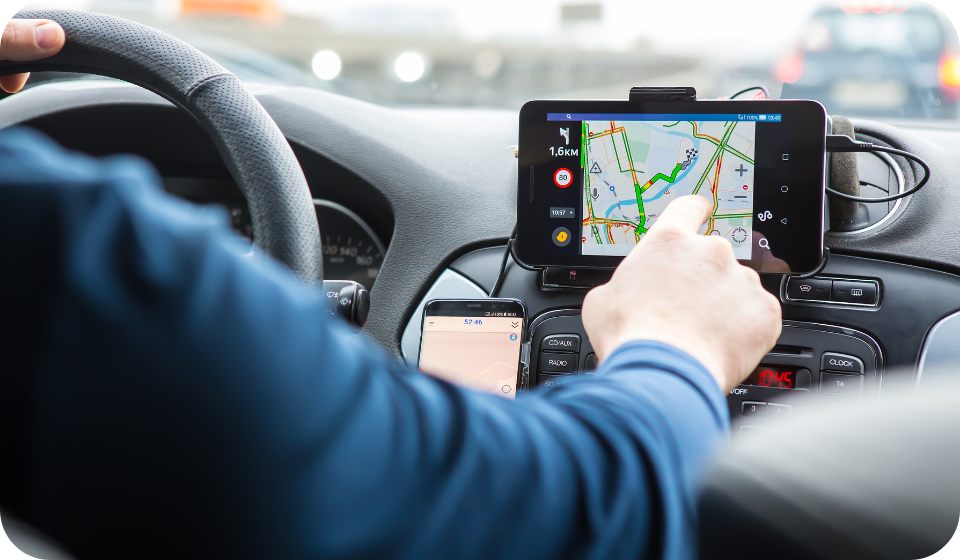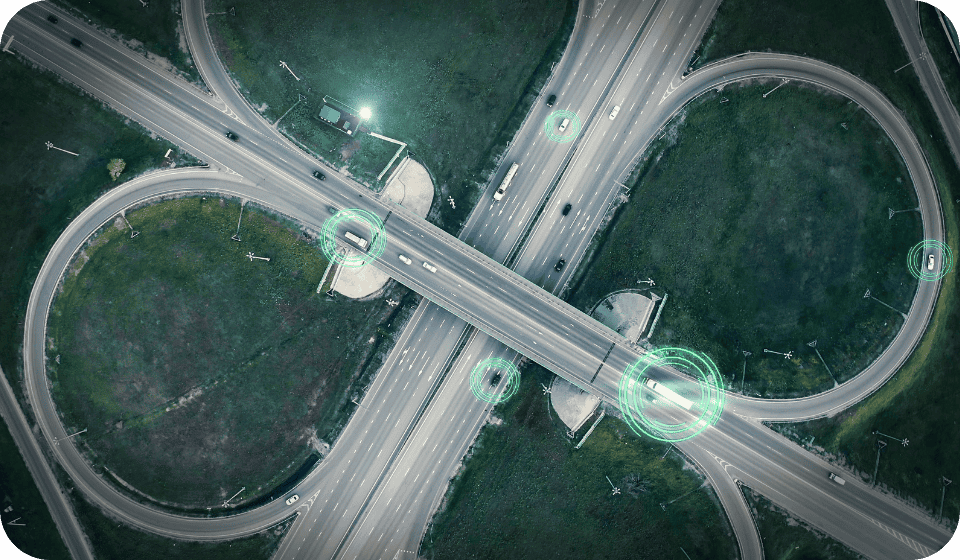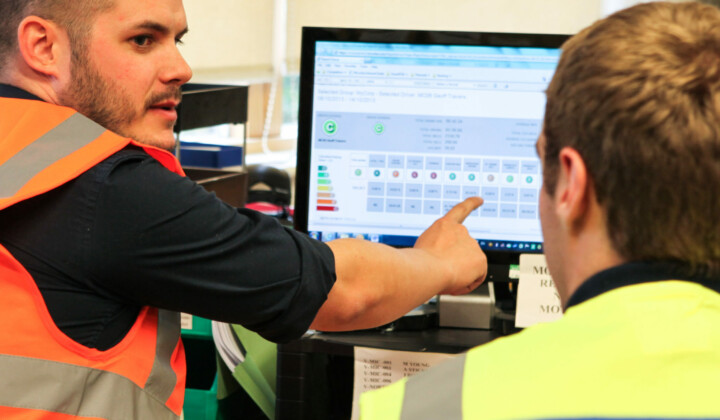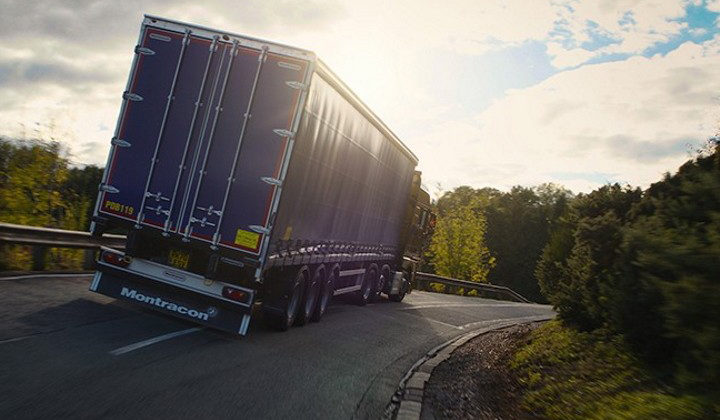Ask yourself, what life was like before Sat Nav and Google Maps?
Using our smartphones and real time GPS (Global Positioning System), we are so reliant on finding out where we are – and where we’re going – in a matter of seconds. And for businesses running a fleet of vehicles, real-time tracking is essential for modern day fleet management and transport planning.
As you can imagine, finding and tracking vehicles in the early days consisted of a lot of manual labour. From physical logs, radios and stopping off to use a telephone, (remember no hands-free!) drivers would report their positions at set intervals for the planners back at HQ to update their records. So providing estimated times of arrival was somewhat of a guessing game!
Fast forward to the 1990’s and the arrival of GPS for commercial and civilian use. In terms of the transport industry, that’s what you call a game changer.
What is vehicle tracking?
Using GPS technology and sensors from within the vehicle, it’s possible to find the real-time location of any vehicle, at any time.
Beyond location, we can also access other basic information like speed, route and driving style. For businesses, this means you can track and locate your vehicles and assets whenever you want.

How does vehicle tracking work?
At the heart of all vehicle tracking software is GPS.
GPS uses a network of satellites to determine the precise location of a vehicle. These satellites send signals to a GPS tracking device installed in the vehicle, which gives an exact location in relation to Earth’s latitude, longitude and altitude.
But what’s way more interesting than simply locating a vehicle, is the additional information we can harvest using more advanced telematics systems.
What is a vehicle tracking system?
A vehicle tracking system is used to view and manage the data collected by these in-vehicle devices. The more information you gather, the smarter your system can become.
Vehicle tracking alone will show where your assets are, but using telematics that plug directly into a vehicle’s engine management system (EMS) will give you access to a world of useful and insightful data. By having visibility of things like speed, braking and acceleration, you can start to understand how a vehicle, or a driver, is performing.
So vehicle tracking systems today, or transport management systems (TMS), go way beyond dots on a map, and offer smarter ways to manage your fleet.
See also: How vehicle tracking supports improved operational outcomes

What are the benefits of using a vehicle tracking system?
Knowledge is power. Gathering and understanding your fleet’s vehicle and driver behaviour data can unlock a world of insights that your business can use within your transport and logistics department.
Let’s explore a few now:

Planning and optimisation
By having visibility of where vehicles are, businesses can optimise routes, reduce empty running and monitor delivery timings, keeping customers informed of ETAs and advising of any delays or disruptions.

Dealing with last-minute requests
Being able to react to new jobs or late collection requests demonstrates your commitment to delivering excellent customer service. You can see if a driver is in the area and divert them to make the collection that would otherwise have to wait.

Supporting and educating your drivers
Encouraging efficient and safe driving practices amongst your drivers can go a long way in reducing fuel costs, improving the health of your vehicles and preventing accidents.
By setting alerts you can see speed violations, sudden braking or rapid acceleration. This can be used to provide feedback to drivers to help them understand how they can better manage their driving style.

Improve safety and compliance
With a detailed view of driver performance, businesses can proactively manage and improve standards which helps to reduce the number of incidents on the road. Retrospectively, you can also look back at the time of an incident and understand what happened.
Again, sharing post-incident information with your drivers will aid their development and help them learn from real-life scenarios.
Are you looking for a vehicle tracking system?
Finding a system that works for your business is key. We’ve pulled together a few tips for finding the right vehicle tracking system for you…

Avoid fit and forget
Systems that are embedded into the way your organisation works will ultimately deliver more for your business. From senior management to drivers, key stakeholders need to understand the benefits of using data to improve the performance of your fleet.

Look for an end-to-end solution
Having a vehicle tracking system that can be scaled up or down as you see fit means all relevant data and information can come through one central platform. Also, when it comes to any issues, you have one point of contact, and one warranty, which makes fixes much more straightforward.

When it comes to next steps, ask lots of questions!
So, you think you’ve found a system that works for your business? Great, that’s a big part of the challenge.
But before you sign on that dotted line, make sure you understand what happens next. Ask yourself:
- What does the implementation plan look like?
- What happens at install?
- How long will my vehicles be off the road?
- Is there a project manager?
- Who do I contact if there’s a problem?

Find a partner who understands your business
Like most things, finding a business where you can build a partnership means they can advise and support you long-term. A fleet management partner should prioritise getting to know what’s important to you so they can help you reach your goals as a business.
As you can see, there’s lots to consider when looking at fleet tracking, telematics and using fleet data within your business. But that’s where we can help!



